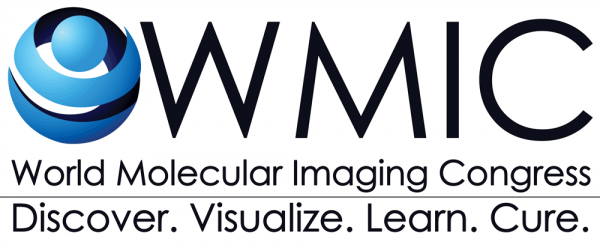Fluorescence-guided resection of newly-diagnosed glioblastoma: A tumor morphology and survival benefits analysis of Phase II clinical trial data
James S. Cordova, Emory University
Introduction: The standard-of-care for glioblastoma (GBM) is maximum safe tumor resection followed by chemoradiation; however, the survival benefit conferred by surgery remains under debate. Standard resection utilizing contrast-enhanced T1-weighted (CE-T1W) MR images for neuronavigation results in approximately 80% of patients having local recurrences (<2 cm from the resection cavity), and a 5-year survival rate of <5% [1]. Fluorescence-guided surgery (FGS) using 5-aminolevulinic acid (5-ALA) has been shown to improve the extent-of-resection (EOR) beyond the CE-T1W margins, and help prevent surgical injury to non-infiltrated brain [2]. Oral administration of 5-ALA leads to the selective accumulation of a fluorescent metabolite in malignant tumor cells, allowing the neurosurgeon to see the fluorescent tumor margins intraoperatively. The current investigation expands upon the previous efficacy studies by incorporating validated morphological tumor analyses. Methods: A Phase II clinical trial is currently underway evaluating the use of 5-ALA FGS for newly-diagnosed GBM resection. Patients are administered 5-ALA orally 3-5 hours before FGS. Pre- and post-operative tumors are delineated with a previously described semi-automated segmentation method to evaluate EOR, residual tumor volume (RTV), and morphological tumor features, including surface area and component volume [3]. Patients are then followed to determine progression-free survival (PFS) and overall survival (OS) benefits using univariate analysis.
Results: Median EOR and RTV in 31 newly-diagnosed GBMs were found to be 94.3% (interquartile range 14.47%) and 0.82 cm3 (interquartile range 7.45 cm3), respectively. Preoperative tumor surface area to volume ratio showed a statistically significant negative correlation with RTV (correlation coefficient of -0.419 with p = 0.02), while preoperative necrosis volume to total volume ratio exhibited a positive, yet non-significant, correlation with EOR (correlation coefficient 0.302 with p = 0.10). The proportion of patients with PFS at six months was higher (41.9%) than historical non-FGS controls (28.3%) [2]. Age, preoperative functionality status (KPS), and PTEN gene deletion were found to be significant predictors of OS, while age and MGMT gene promoter methylation status were found to be significant predictors of PFS.
Conclusions: This investigation indicates that 5-ALA FGS is more effective than conventional neuronavigation in decreasing RTV and increasing EOR for patients with GBM. The current work not only validates previous efficacy studies, but also supports the need to establish multi-center clinical trials for a larger-scale study of 5-ALA to evaluate survival outcomes more definitively.
[1] Sanai N, et al. Neurosurgery 2008; 62,753-64
[2] Stummer W, et al. Lancet Oncology 2006; 7(5):392-401
[3] Cordova, J S, et al. Transl Oncol 2014; 7(1):40-7
